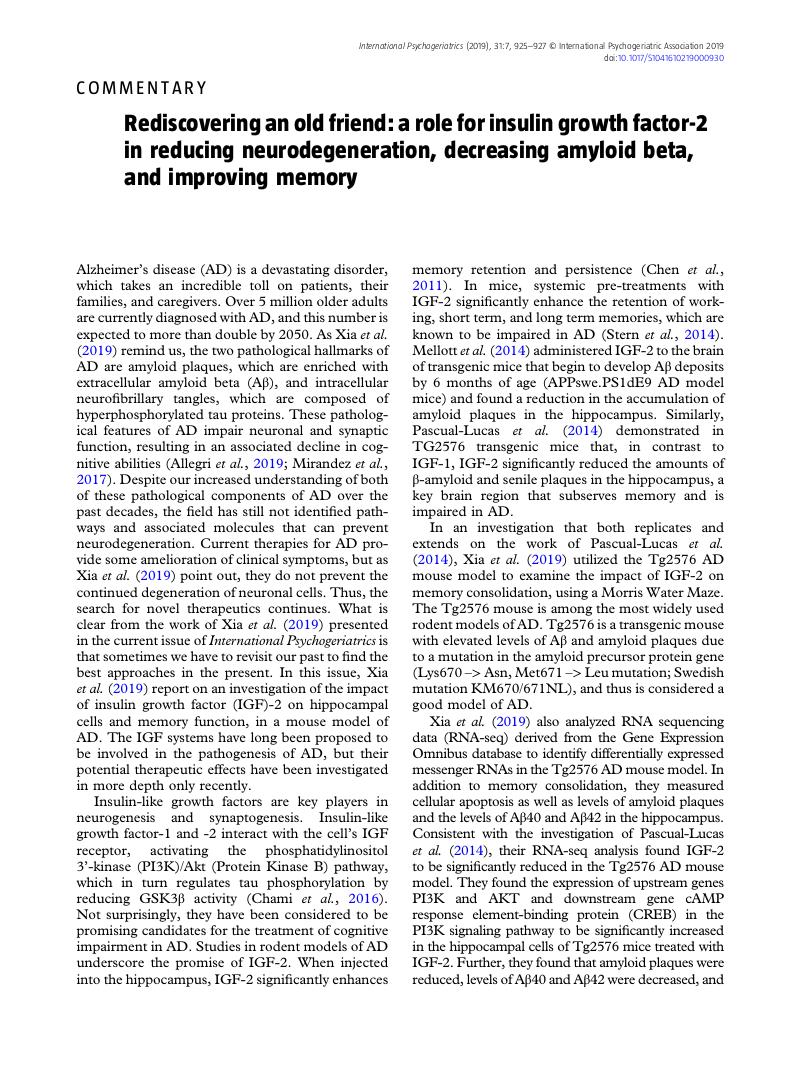Crossref Citations
This article has been cited by the following publications. This list is generated based on data provided by Crossref.
Treichler, Emily B.H.
and
Jeste, Dilip V.
2019.
Cognitive decline in older adults: applying multiple perspectives to develop novel prevention strategies.
International Psychogeriatrics,
Vol. 31,
Issue. 7,
p.
913.



